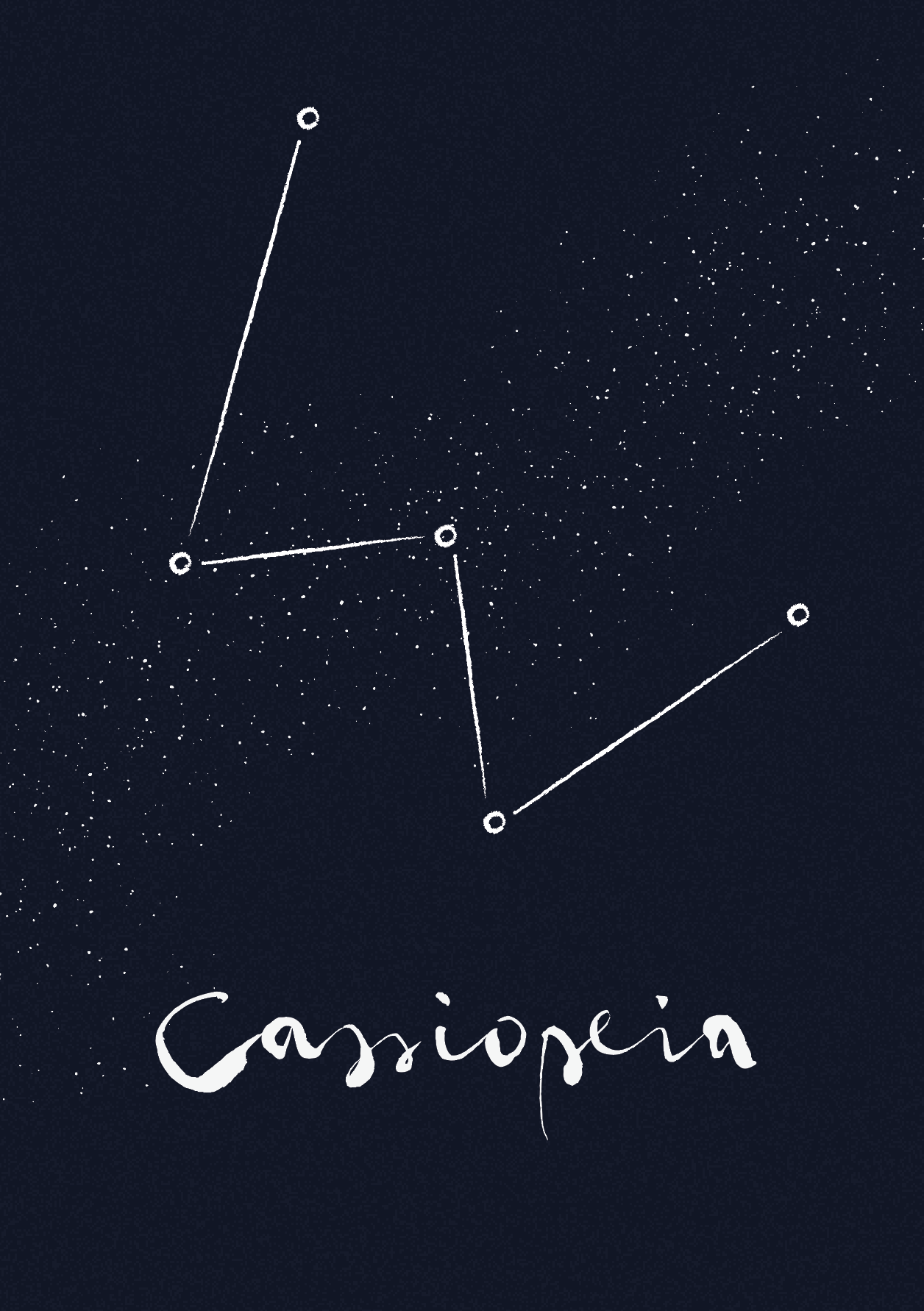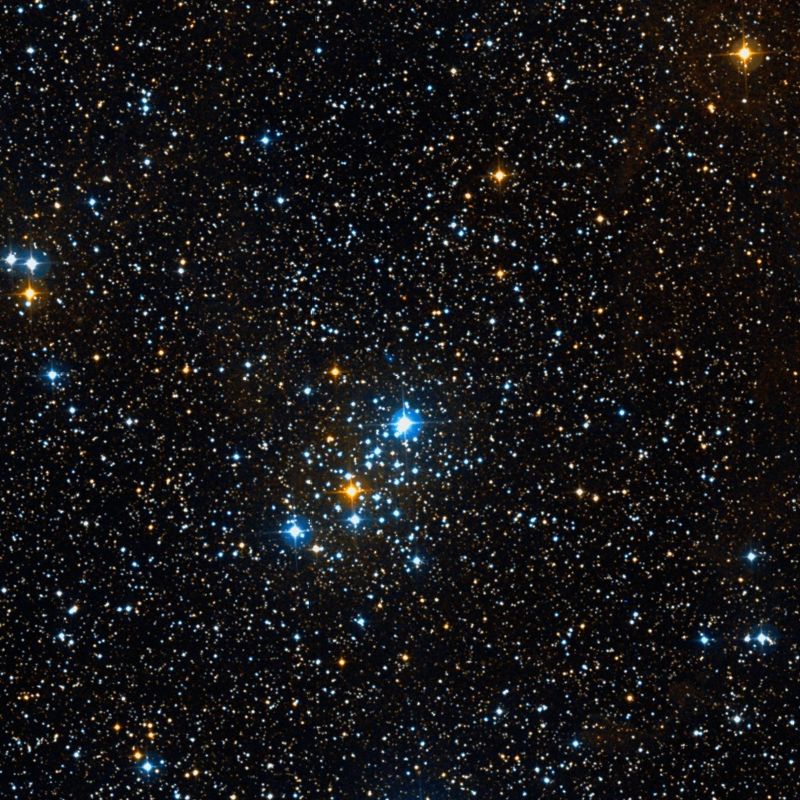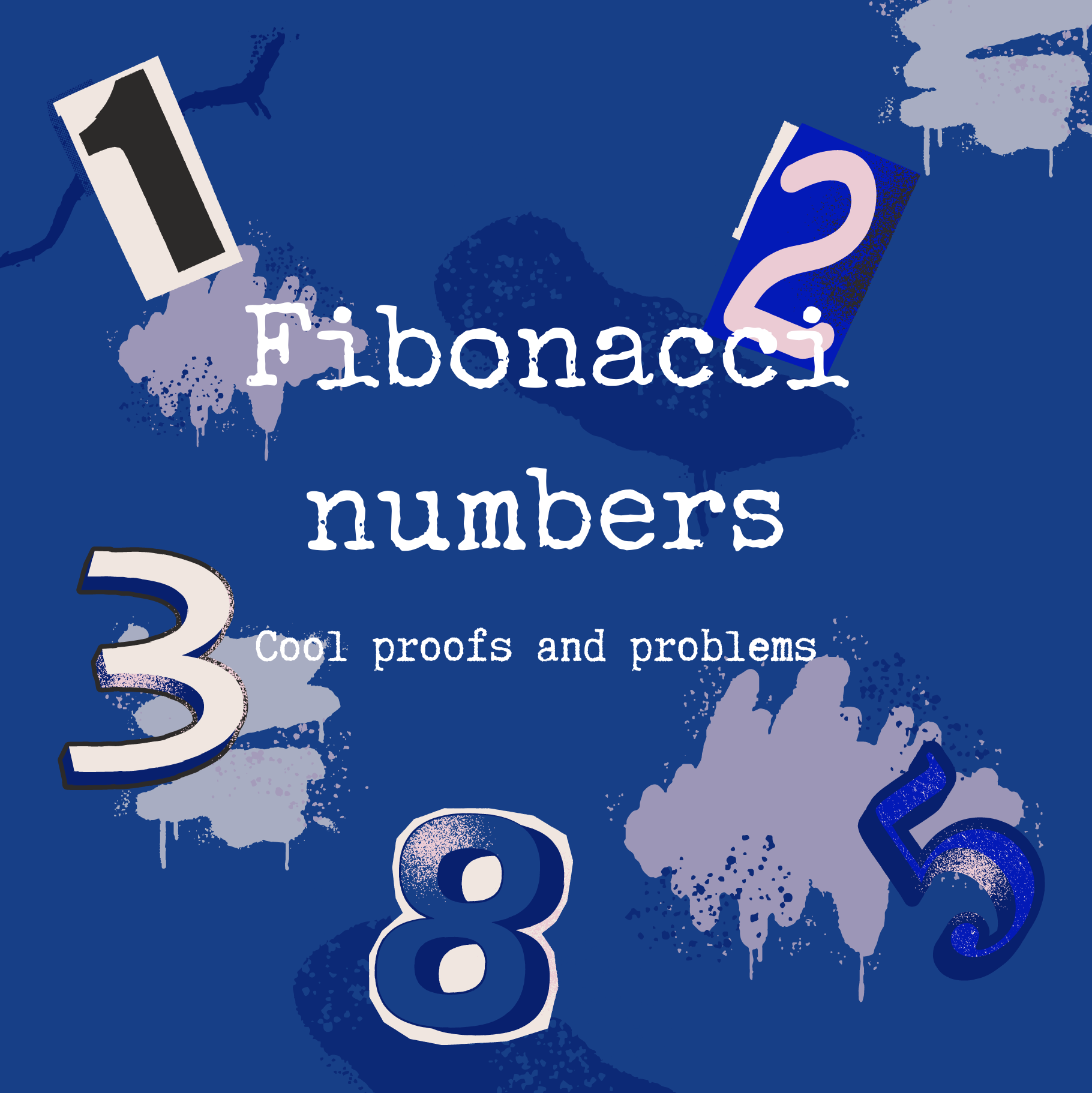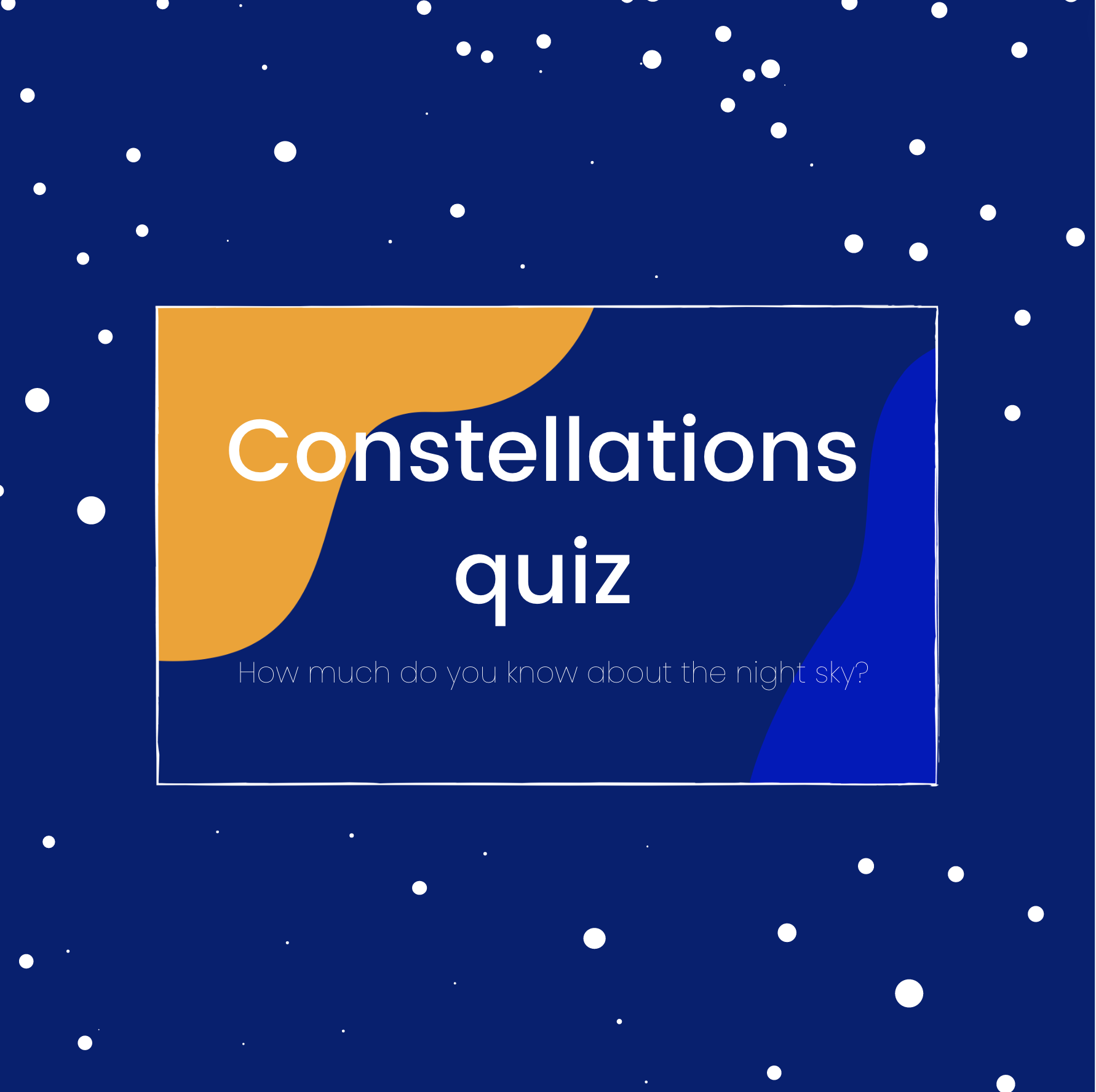Every time I look up into the night sky in winter, the first constellation that catches my eye is Cassiopeia, the Queen of Ethiopia. Such a simple constellation represented as a W. Still, it holds so much knowledge and is one of the rarest stars in the galaxy. What will the queen tell us?
Mythological origins
Cassiopeia, or the Queen of Etiopia, was married to Cepheus, the King of Ethiopia, and they had a daughter, Andromeda. Cassiopeia loved to boast about her beauty and excellence and said she was more beautiful than all the sea nymphs called the Nereids. The Nereids were displeased, and they forced the king of the sea, Poseidon, to ravage Cepheuse’s kingdom. He obliged, being married to a Nereid.
He set free a sea monster called Cetus (the great whale, also a constellation) to ravage the kingdom. Trying to save their kingdom, Cepheus and Cassiopeia consult an oracle, saying they have to sacrifice their daughter to save the kingdom. They did just so, tying her to a rock in the middle of the sea. She awaits her demise. Cetus was approaching, readying himself to devour her. At that moment, Perseus, the strong hero, who was flying on his horse, Pegasus (also a constellation and Perseus), swopped down to save her.
Of course, Perseus and Andromeda fell in love and got married. However, at the wedding, Andromeda’s suitor showed up and proclaimed that only he had the right to marry Andromeda. Naturally, there was a fight, with Perseus greatly outnumbered. He drew out his only chance of survival. He pointed to Medusa’s head, the head of a horrible sea creature, which turns anyone looking at it into stone. The suitor’s army was turned to stone, and unfortunately, Cepheus and Cassiopeia didn’t look away in time. And, Poseidon placed Cepheus and Cassiopeia in the sky. However, Cassiopeia was condemned to circle the north pole forever. Moreover, she spends half of the time upside down as a punishment for her boasting and selfishness.
Other cultures
Her story changes according to different cultures. Her boasting and selfishness come from Greek mythology, as with most north hemisphere constellations. In Arab culture, Cassiopeia and a few stars from Perseus and Andromeda represent the Camel. In Persia, she was a queen holding a staff with a crescent moon, wearing a crown, and having a 2 humped camel. Meanwhile, in Chinese astronomy, Cassiopeia was represented as the Purple Forbidden enclosure, the Black Tortoise of the North, or the White Tiger of the West. In the tribe of Lapps, Cassiopeia forms an elk antler, and the Chukchi in Siberia saw Cassiopeia as 5 reindeer stags.
But Cassiopeia doesn’t hold only divine mythological greatness. Her structure and position in the sky greatly matter. It is the 25th biggest constellation, and it is circumpolar, which means we can see it all year round. So let’s take a spin on its stars, see what they have to say.
Schedar – α Cassiopeiae
Schedar is an orange giant with a K spectral type. It is 228 light-years distant and is a suspected variable star. However, it hasn’t shown signs of variability since the 19th century. Schedar is nearing its end, its photosphere has expanded, and it is getting ready to die. Its name, Schedar, translates to “breast,” which tells us that it denotes the position of Cassiopeias heart.
Caph – β Cassiopeiae
Caph is a subgiant or giant star with a spectral type F, a spectral class above our sun. It is approximately 54.5 light-years distant. It is also in the process of dying, a soon to become red giant. Its meaning in Arabic is “palm,” marking Cassiopeia’s hand.
Cih – γ Cassiopeiae
Coincidentally, it is the brightest star in Cassiopeia, even though the alfa star should be the brightest. It is a blue B star and about 610 light-years distant. Cih is a Gamma Cassiopeia variable star, which exhibits irregular variations in brightness since it rotates very rapidly and has a bulge around the equator. A a result, the lost mass from the spinning orbits the star, which causes fluctuations in luminosity.
Rho Cassiopeiae – the rarest class of stars in the galaxy
Rho Cassiopeiae, a yellow hypergiant, the rarest class of stars, only 7 found in the galaxy. Remember, there are a lot of actors in the galaxy. Its spectral type is the same as our sun, G2, with slight differences. It is appr. 11650 light-years distant and one of the most luminous stars ever known. The star probably went supernovae, but its light hasn’t yet reached us. Currently, Rho Cassiopeaie is like Schrödinger’s cat: neither alive nor dead.
Deep-sky objects
What about the beautiful nebulae and clusters surrounding Cassiopeia?
M52
M103 – the last object in Messiers catalougue
Bubble nebula – NGC 7635

Cassiopeia A – supernovae remnant
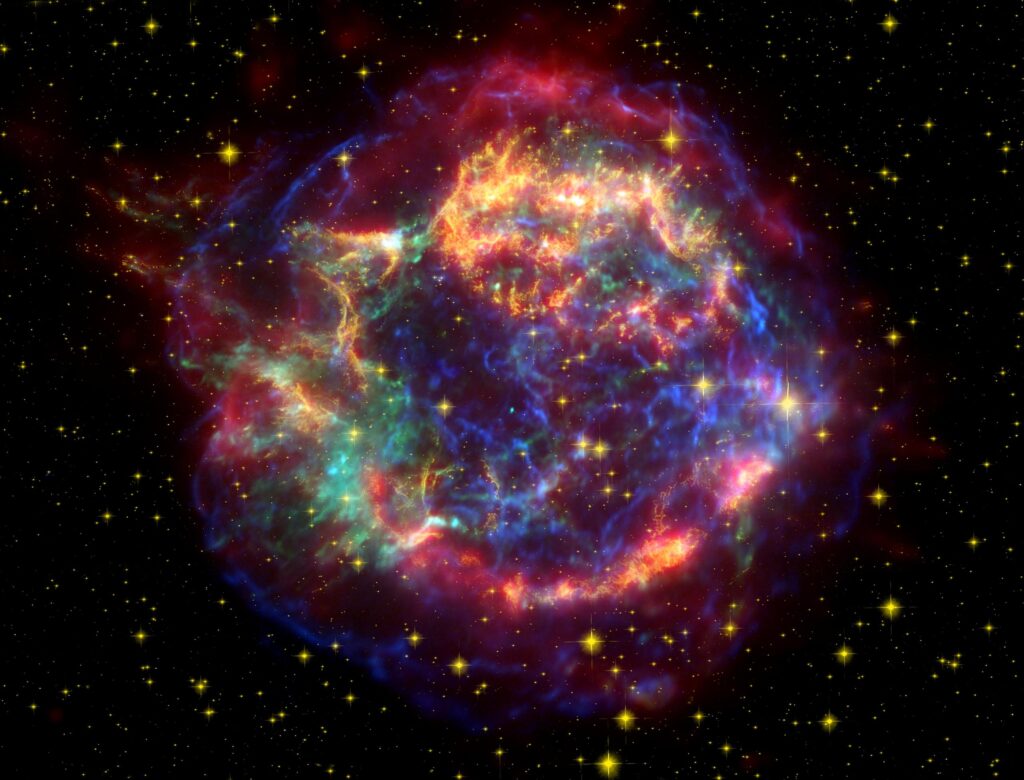
Pacman nebula – NGC 281

White Rose Cluster – NGC 7789
So, Cassiopeia contains one of the rarest stars in the galaxy, beautiful nebulae, clusters, and rich mythological history. So you tell me: is Cassiopeia as beautiful as she boasts of being?
Resources:
Constellation guide: https://www.constellation-guide.com/constellation-list/cassiopeia-constellation/
Astro Backyard: https://astrobackyard.com/cassiopeia-constellation/

